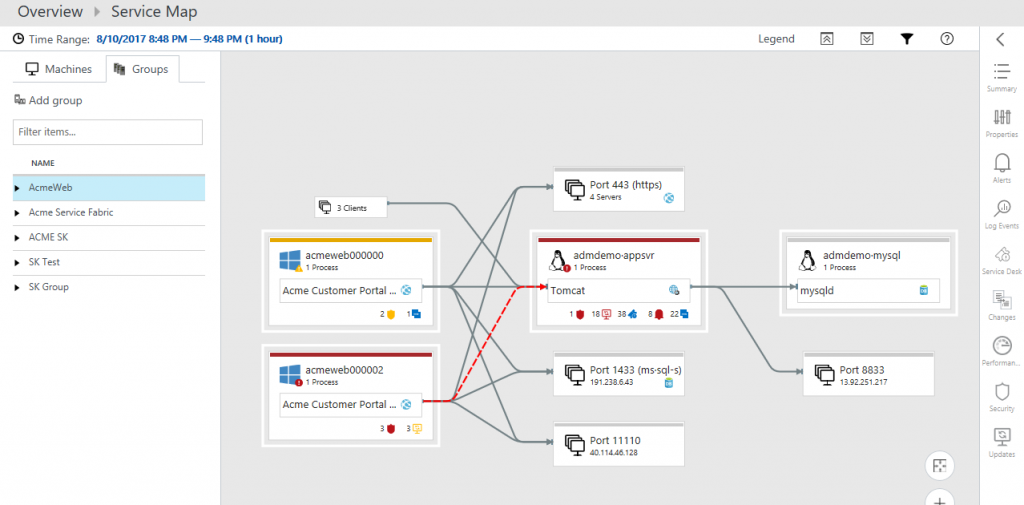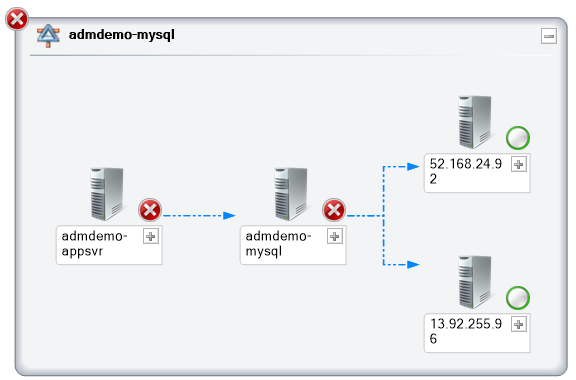Comtrade has released a new management pack for monitoring Nutanix solutions.
Comtrade has in the past released high quality management packs for monitoring systems such Citrix XEN amongst others. The Nutanix management pack offers the below features:
As well as:
- Automatically detect VMs running business-critical workloads
- Detect resource bottlenecks before they start affecting end-users
- Correlate application’s performance with performance of the rest of the application-delivery infrastructure
- Ensure application availability by maintaining successful protection domain replication
- Forecast performance trends and properly size Nutanix so you don’t run out of resources
- Use Nutanix-Citrix SuperPack to quickly identify, eliminate and fix issues that would impact Citrix end-users
For a trial or more information go here
![]()



